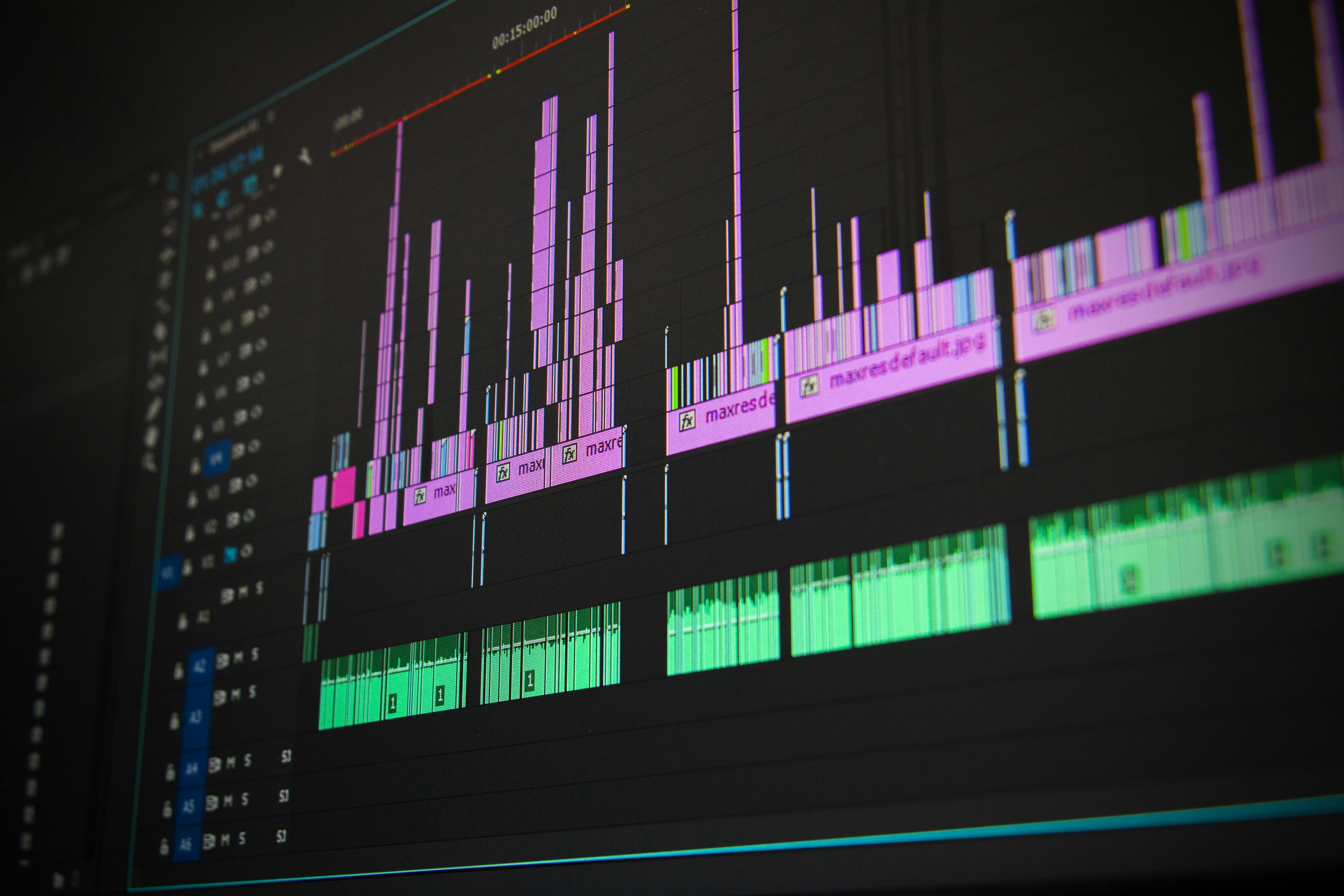
As SaaS teams face growing pressure to deliver instant value and stand out in an increasingly hands-on world, choosing how you showcase your platform is more than a tactical decision—it’s a foundation for better onboarding, smarter sales conversations, and stronger product adoption. Two of the most effective tools in the modern SaaS stack are the product tour video and the interactive demo. But when should you use each, and why do leading teams adopt both (not just one)?
Understanding the Differences: Product Tour Video vs Interactive Demo
- Product Tour Videos: These are short, pre-recorded videos guiding viewers through your product’s workflows. They are linear, passive, and typically under three minutes, ideal for first impressions.
- Interactive Demos: These enable users to explore your product hands-on, clicking through guided steps, tooltips, or custom scenarios. They offer more control and often feel like a risk-free ‘sandbox’ for prospects.

Side-by-Side: Where Each Format Excels
When Product Tour Videos Make the Most Sense
- Top-of-Funnel Engagement: Perfect for landing pages, email campaigns, and ad creatives, where you want to grab attention and deliver value fast.
- Budget & Speed: When time or resources are tight, videos can be produced quickly, allowing you to communicate core benefits in seconds.
- Linear Stories: If your platform works best with a step-by-step overview or if compliance requires a tightly-scripted presentation, videos keep your story on track.
- Security: Since they are pre-recorded, you avoid accidental exposure of private or variable data.
- Low Commitment Audiences: For visitors who aren’t ready to invest time clicking around but are curious about your UI and headline features.
For example, we like to feature a crisp, high-level product video on our homepage at DemoGo to greet first-time visitors and set expectations upfront.

Why and When to Choose Interactive Demos
- Hands-On Evaluation: When feature depth, UI intuitiveness, or complex workflows are your differentiators, let leads experience these first-hand, not just watch them.
- Personalized Journeys: Tailor demo content for different roles, segments, or use cases. At DemoGo, we’ve seen how interactive flows accelerate learning when everyone can see what’s most relevant.
- Lead Qualification & Analytics: Advanced tracking reveals which features audiences engage with, right within analytics dashboards. This gives sales teams a smarter follow-up signal.
- Reducing Support Load: Turn ‘how do I…?’ tickets into self-serve micro-guides. Our customer success teams use interactive walk-throughs to cut onboarding time and minimize confusion.
- Accountability in Onboarding: Interactive demos can ensure new users complete required steps and understand key workflows, reducing time-to-value and creating a more consistent onboarding experience. You can read more about using walkthroughs to reduce time-to-value in our blog post.
The Power of a Hybrid Approach
The reality is, for SaaS companies focused on both scale and personalization, a hybrid pipeline is often the strongest option. Here’s how leading teams combine both formats effectively:
- Start with a quick, engaging video tour to tease value and set context on your homepage or landing pages.
- Immediately follow with a self-paced interactive demo, allowing the most interested prospects to dig deeper and discover how your platform solves their specific pain points.
- Embed micro-videos into key steps of your interactive tour for difficult concepts—this reinforces learning and supports multiple learning styles.
When we work with SaaS sales and marketing teams, we encourage them to measure engagement in both formats, continually optimizing for completion rates and conversion signals.
Strategic Criteria: Which Format to Use for Your SaaS Goals?
We’ve seen SaaS product leaders and marketers grapple with these questions. To help, here are clear guidelines on choosing the best tool for the job:
-
Choose Product Tour Video if:
- You need fast, broad outreach (ads, social, top-of-funnel)
- Budget or time constraints are critical
- Your message is purely informational and doesn’t require two-way interaction
- You want to avoid potential data leakage from sandbox demos
- You’re offering a teaser, not a deep evaluation
-
Choose Interactive Demo if:
- You want your prospect to experience workflows for themselves
- Personalized (not generic) journeys drive higher conversion
- Sales or onboarding teams need detailed analytics
- You want to reduce support tickets with proactive, step-by-step answers
- Your SaaS product’s value is best revealed through action, not talk
-
Use Hybrid when:
- Your audience is mixed (some want quick highlights, others need hands-on)
- You want to optimize for both initial awareness and deep product adoption
- You plan to nurture users through the buying journey with progressively deeper interactions
Best Practices for SaaS Teams
- Keep Video Tours Short: Aim for under two minutes for best retention and shareability.
- Segment Interactive Demos: Create multiple flows by industry, persona, or use case so each segment gets the most relevant tour possible. Our guide on tailoring tours by persona is a helpful next read.
- Iterate with Analytics: For interactive demos, review step-level analytics to spot where users drop off, then add tips, tooltips, or micro-videos to improve completion.
- Enable Effortless Sharing: Give marketing and sales teams the means to share demos with prospects via link or embed to maximize reach across campaigns.
- Ensure Data Security: Self-host demos whenever possible and avoid requiring unnecessary plugins, which is one reason DemoGo offers a desktop-first, self-hosted model for sensitive SaaS clients. Learn more about this in our deep dive on self-hosting for security.

Real-World Advice For SaaS Product, Marketing, and Customer Success Teams
We’ve helped hundreds of software companies build both formats and have seen that the choice isn’t always “either/or.” Teams that integrate both get a fuller funnel and better insights—videos drive top-of-funnel leads, while interactive demos turn prospects into confident users and reduce hand-holding downstream.
It’s not just about showing what your SaaS does. It’s about letting every user, buyer, or champion feel the product’s value in their own context. That is why our mission at DemoGo revolves around enabling self-serve, interactive, and personalized product experiences for every audience—without plugins, with total data control, and in minutes instead of weeks.
If you want to go deeper into SaaS demo strategies, our recent post on personalizing product tours at scale offers frameworks and actionable steps to get started.
Conclusion: Building your Modern SaaS Demo Stack
Ultimately, your choice of demo format shapes first impressions and influences adoption and retention rates. Product tour videos are unbeatable for fast, visual storytelling. Interactive demos win when you need prospects or users to engage, learn, and take the next step. Most successful SaaS go-to-market teams mix the two for a seamless buyer journey and ongoing product education.
Curious to experience the future of interactive demos for yourself—secured, self-hosted, and 100% plugin-free? Download DemoGo’s freemium version and see how easy it is to launch personalized demos that drive measurable results at every stage. Visit DemoGo to take your demo strategy up a level.
